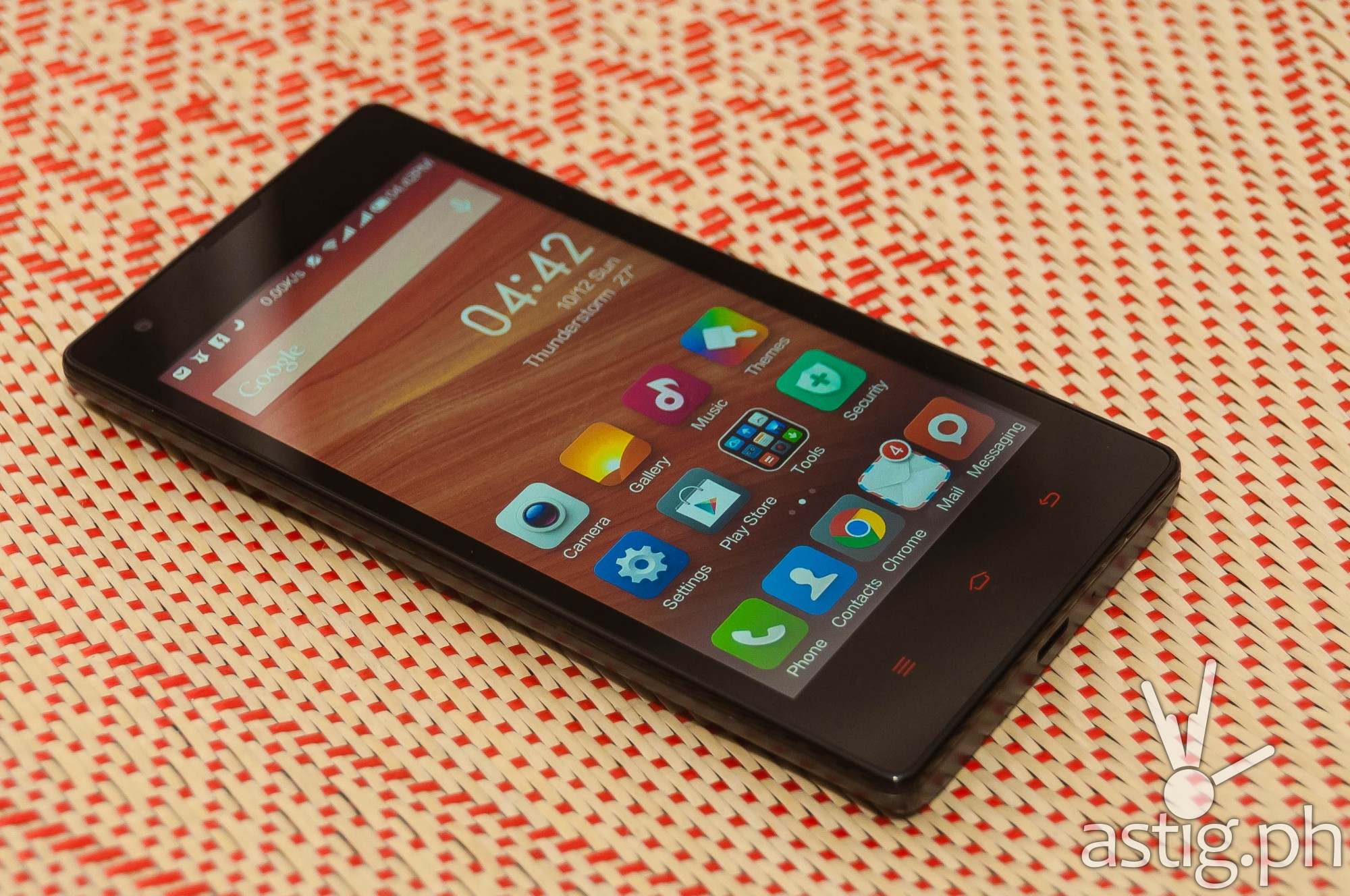“Affordable” is what most the Xiaomi RedMi 1S (also known as Xiaomi HongMi 1S), the entry level Android smartphone from the Chinese manufacturer.
Only four years after the company was founded, Xiaomi has successfully carved a niche in the low-cost smartphone market segment by offering devices at minimum profit margins.
The Xiaomi RedMi 1S is no exception – in the Philippines it is currently priced at 5,599 PHP on Lazada for the RedMi plus earphone bundle. This makes the RedMi 1S one of the most competitively priced smartphones available today.
The bottomline, however, boils down to value for money.
We spent two weeks battle testing the Xiaomi RedMi 1S just for you. Read on for our full report.
What’s in the box?
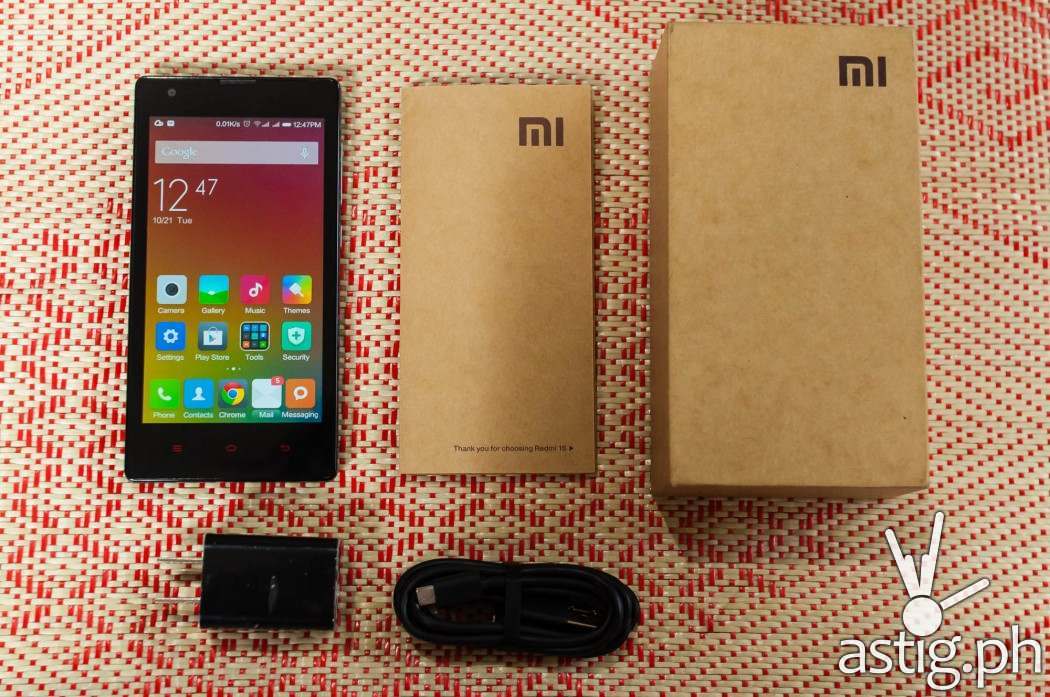
Xiaomi uses a number of techniques to keep product costs down. The Xiaomi RedMi 1S comes in a no-frills, cardboard box made from recycled materials.
The box contains the following items:
- Xiaomi RedMi 1S unit
- USB cable
- AC power connector
- Quick start guide
What? That’s it?
Yes, that’s everything.
Evidently missing is the earphone headset, a standard inclusion in most smartphone packages.
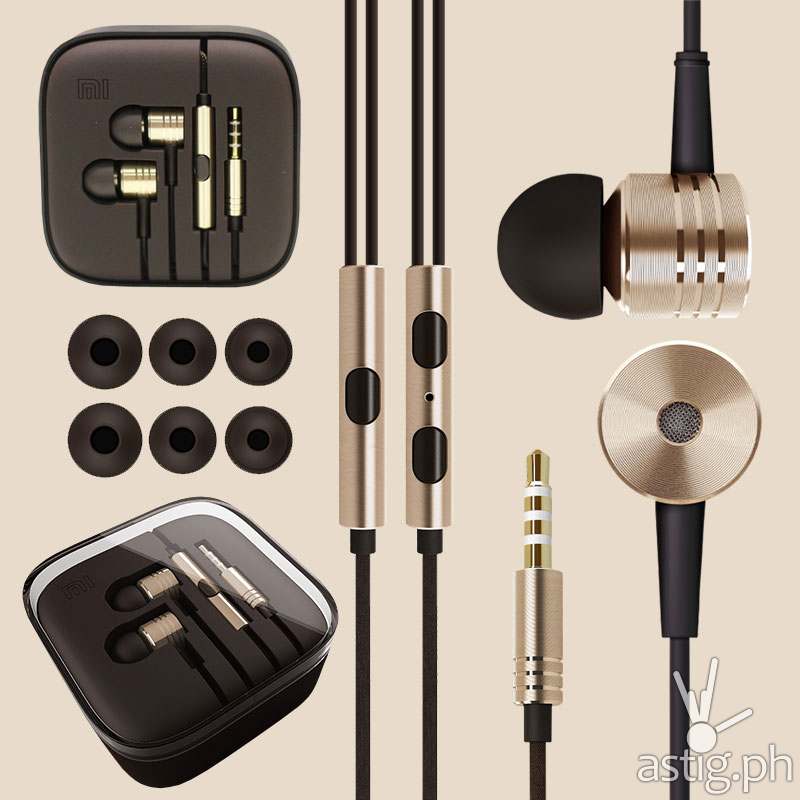
Instead of including an earphone to drive the price up, the folks over at Xiaomi decided to cut it out, keeping unit costs down.
Original Xiaomi in-ear earphones can be purchased separately for P695 at Lazada.
For the price, the Xiaomi in-ear headphones actually look nice. According to the product page, it won the 2014 iF Product Design Awards.
Xiaomi RedMi 1S tech specs
| GENERAL | 2G Network | GSM 900 / 1800 / 1900 |
|---|---|---|
| 3G Network | HSDPA 1900 / 2100 | |
| BODY | Dimensions | 137 x 69 x 9.9 mm (5.39 x 2.72 x 0.39 in) |
| Weight | 158 g (5.57 oz) | |
| DISPLAY | Type | IPS LCD capacitive touchscreen, 16M colors |
| Size | 720 x 1280 pixels, 4.7 inches (~312 ppi pixel density) | |
| Multitouch | Yes | |
| Protection | AGC Dragontrail glass | |
| SOUND | Alert types | Vibration; MP3, WAV ringtones |
| Loudspeaker | Yes | |
| 3.5mm jack | Yes | |
| MEMORY | Card slot | microSD, up to 32 GB |
| Internal | 8 GB, 1 GB RAM | |
| DATA | GPRS | Yes |
| EDGE | Yes | |
| Speed | HSDPA, HSUPA | |
| WLAN | Wi-Fi 802.11 b/g/n, Wi-Fi Direct, Wi-Fi hotspot | |
| Bluetooth | v4.0, A2DP, LE | |
| USB | microUSB v2.0, USB On-the-go | |
| CAMERA | Primary | 8 MP, 3264 x 2448 pixels, autofocus, LED flash |
| Features | 1.4 µm pixel size, geo-tagging, touch focus, face/smile detection, HDR | |
| Video | 1080p@30fps | |
| Secondary | 1.6 MP, 720p@30fps | |
| FEATURES | OS | Android OS, v4.3 (Jelly Bean) with MIUI |
| Chipset | Qualcomm MSM8228 Snapdragon | |
| CPU | Quad-core 1.6 GHz Cortex-A7 | |
| GPU | Adreno 305 | |
| Sensors | Accelerometer, gyro, proximity, compass | |
| Messaging | SMS(threaded view), MMS, Email, Push Mail, IM | |
| Browser | HTML5 | |
| Radio | FM radio | |
| GPS | Yes, with A-GPS, GLONASS | |
| Java | Yes, via Java MIDP emulator | |
| Colors | Black, Chinese Red, Metallic Gray/ blue, green, yellow panels | |
| BATTERY | Type | Li-Ion 2000 mAh battery |
| Stand-by | Unlisted | |
| Talk time | Unlisted |
Build and chassis
The Xiaomi RedMi 1S feels solid to the touch. A little on the heavy side for its size, owing much to the 2000 mAh battery – a trade-off that many would surely be willing to take.
For a device named “RedMi”, the only thing red about it are the labels on the three soft buttons at the bottom. There is only one color option available – gray-black, and that’s perfectly fine for us.
The RedMi 1S manages to be low key yet sophisticated enough. The design may not be as lavish as high-end phones, but it does not scream “budget smartphone”.
Overall the build quality is solid and although the casing is made of plastic it did not feel cheap at all.
The back battery cover fits squarely into place, and even with constant opening and closing it holds its shape, though like any phone with a removable backplate there will be areas where the space is more pronounced than the rest of the phone’s body.
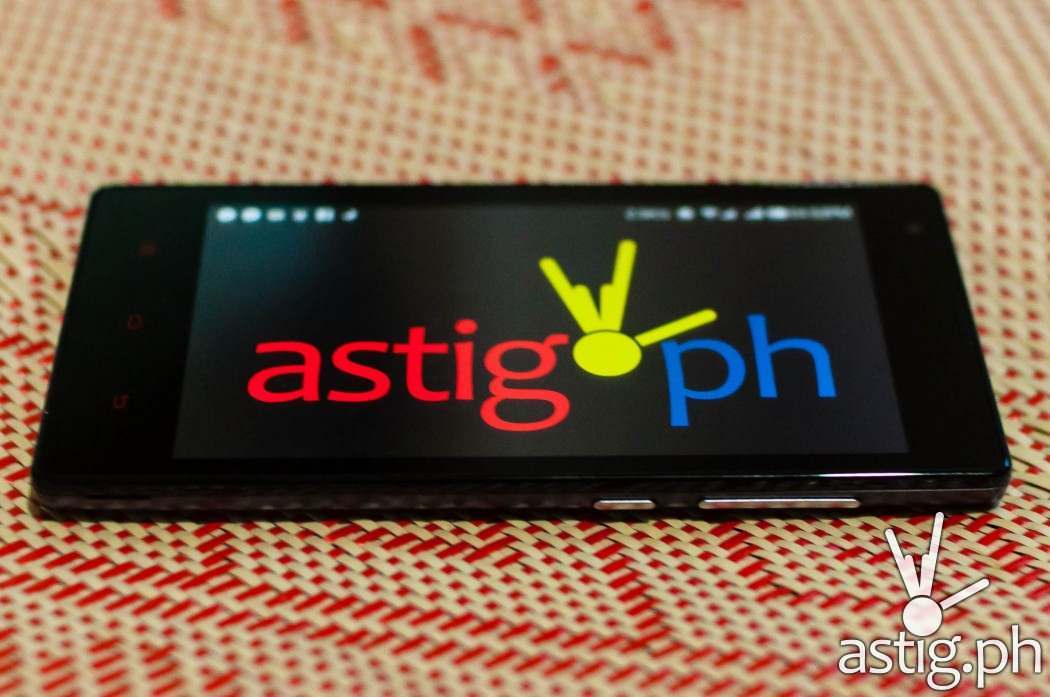
There are only two physical buttons to the right, the volume rocker and the power button.
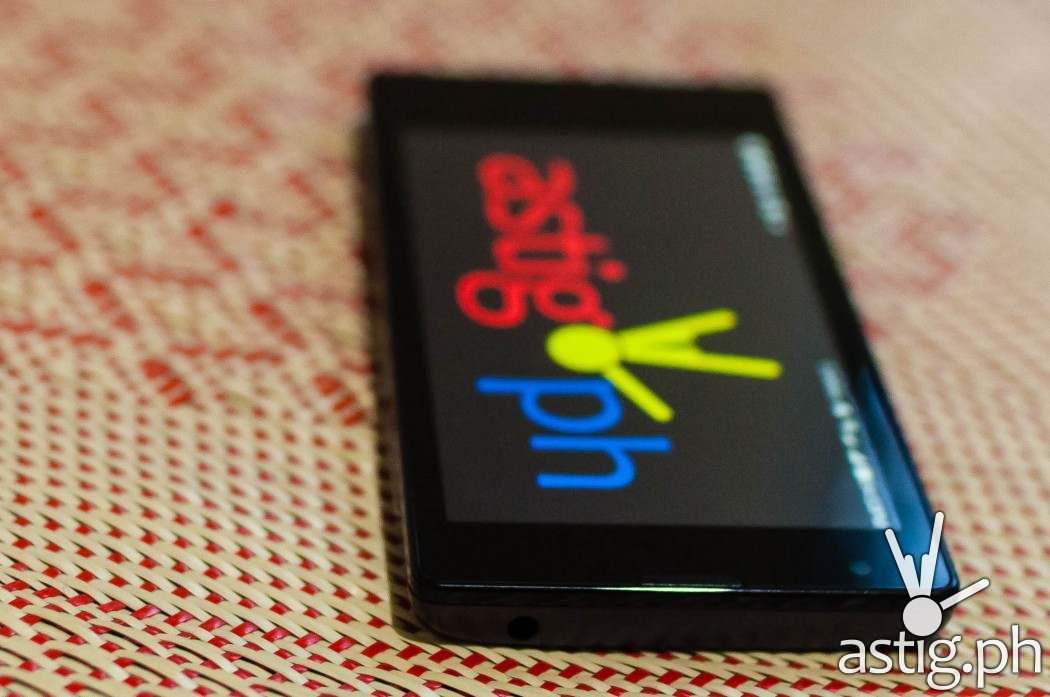
A 3.5mm headphone jack is accessible from the top, along with the front-facing camera.
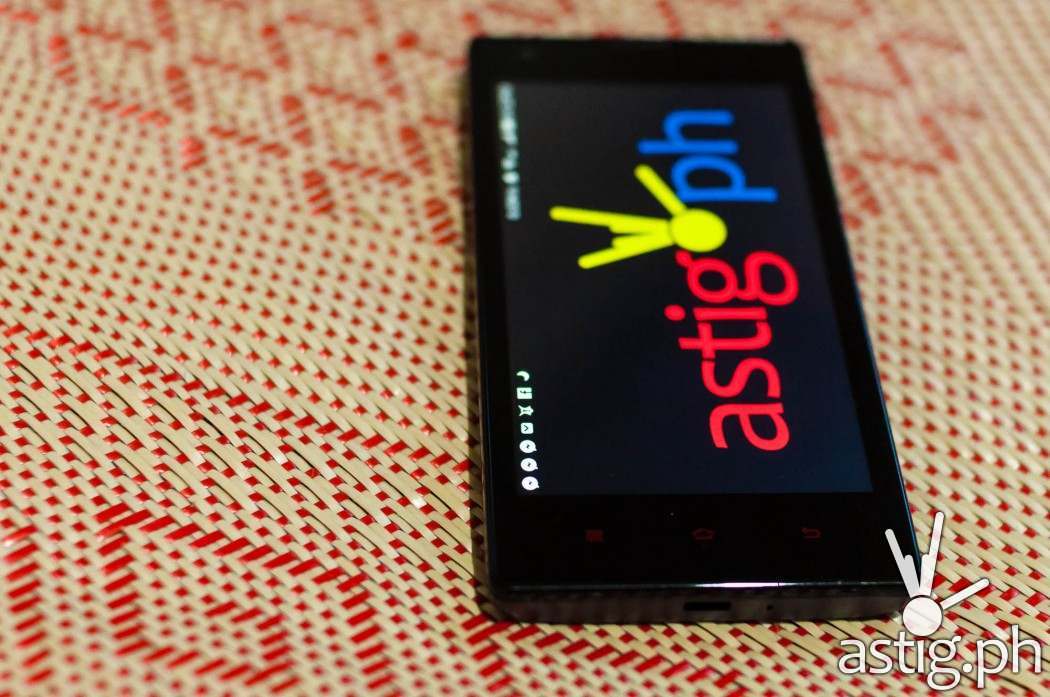
A micro USB OTG port can be found at the bottom of the unit.

The speakers are located at the back of the unit, along with the flash, and the 8-megapixel camera’s viewfinder and LED flash bulb.
Display
The 4.7 inch IPS LCD screen is quite responsive and looks amazing. The 4.7 inch screen on the RedMi 1S displays a native resolution of 1280 x 720 pixels, resulting in a pixel density of about 312 ppi. This should be enough for most casual phone users.
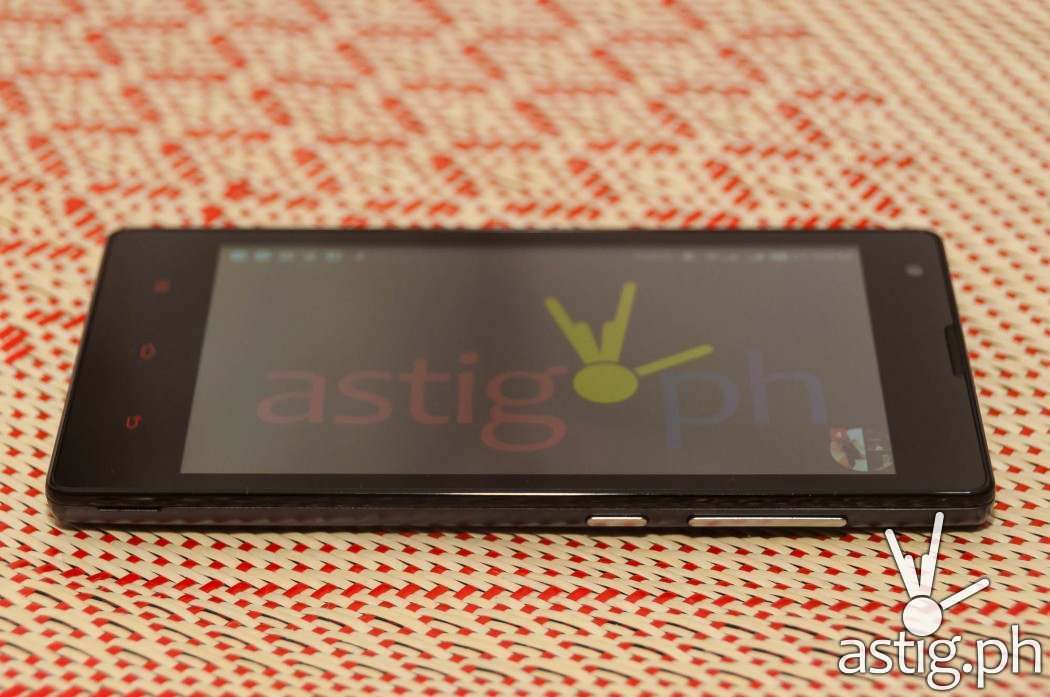
It is protected by a layer of scratch-resistant Dragontrail glass, which is good. However, it can also be a little too reflective.
That can be a good thing if you like using the phone as a mirror with the screen turned off!
Much of the reflection can be taken out by cranking the screen brightness up. The reflections mostly disappear when viewed directly but it’s there when viewed at an angle.
We used the term “scratch-resistant” as opposed to “scratch proof” because that is what it is.
The Dragontrail glass may resist keys and coins that randomly end up in your pocket, but it will still get those hairline scratches from sand and random bits of dirt and debris.
Watch the RedMi 1S scratch test video to get an idea just how tough Dragontrail can be.
CPU, GPU, and memory
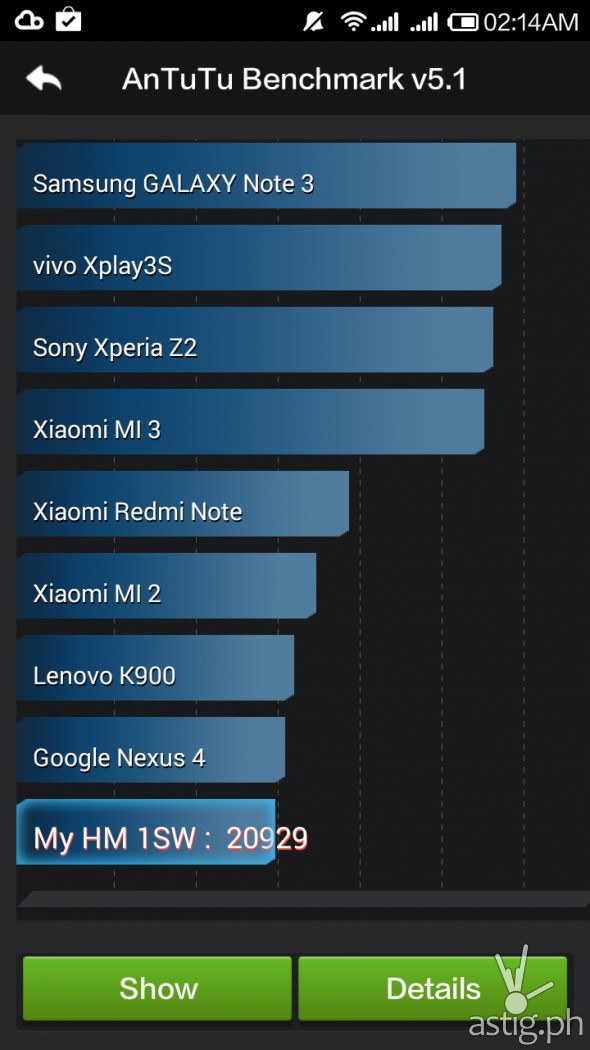
We were able to get a score of 20929 on Antutu with the Xiaomi RedMi 1S. According to the performance report, performance for general use surpasses 60% other devices.
Game performance surpasses 40% other devices, while battery surpasses 50% other devices.
Not bad at all for an entry-level phone.
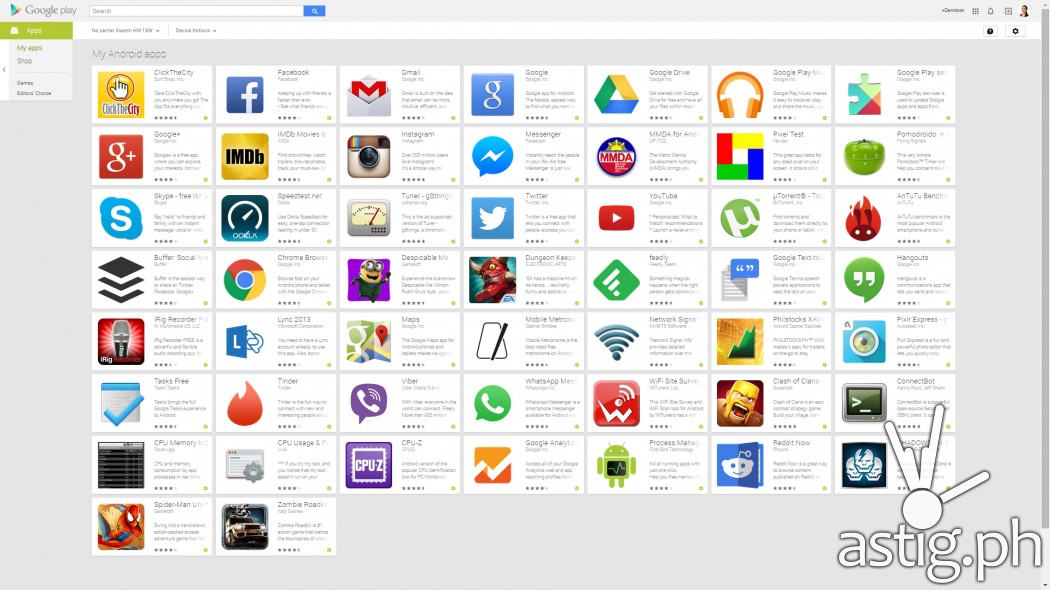
The device can easily handle most applications. We loaded over 50 applications onto the RedMi 1S including staple” social networking tools like Facebook, Twitter, Instagram, and even Tinder. We also installed instant messengers like Facebook Messenger, Viber, WhatsApp, Lync, and Skype.
We were able to continuously use a fair amount of applications simultaneously, but eventually it reached a point where the device will crash due to lack of memory.
Note that a lot of these applications will background processes to send notifications, and those eat up memory as well.
The XiaoMi RedMi 1S can handle most 3D games fairly well.
There are times when the RedMi 1S would stutter, and we experienced this a lot while playing Despicable Me (Minion Rush), Dungeon Keeper, and Shadowgun: Deadzone.
Play the video to see our 3D performance testing on the Xiaomi RedMi 1S running Shadowgun: Deadzone.
There is still a fair bit amount of RAM available while running these games, so we suspect that the GPU reaches its performance bottleneck rather quickly.
Note that these games run at the native resolution of 1280 x 720 which may account for the stuttering.
In our experience, memory is the biggest issue on the Xiaomi Redmi 1S. The 1GB of RAM is barely enough for normal day-to-day use – more so with heavy usage.
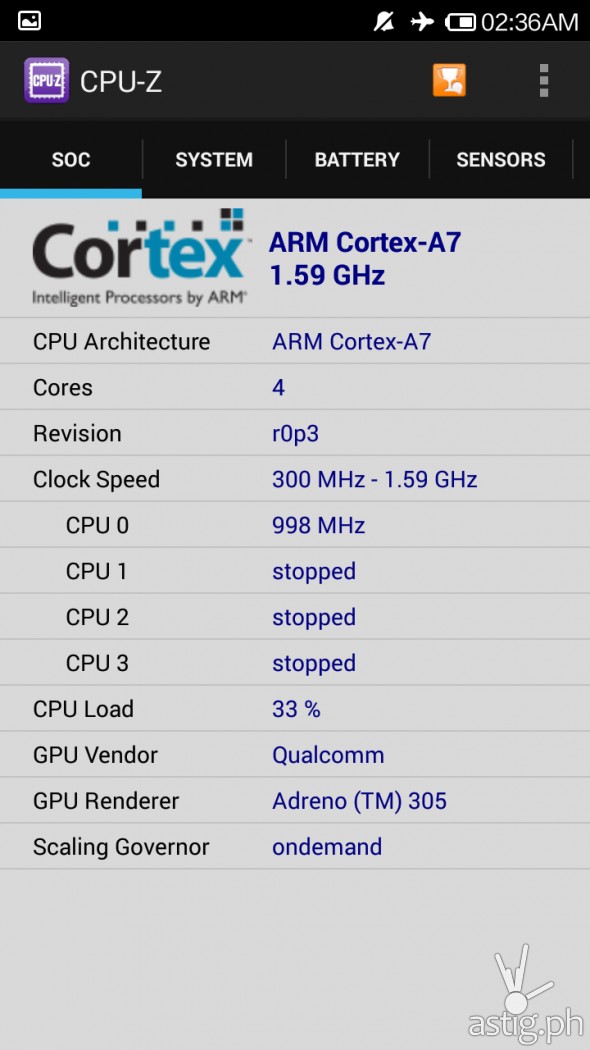
This is partly due to MIUI, a proprietary customization layer (ROM) that Xiaomi developed, which consumes a fair amount of resources.
On a newly formatted system with nothing installed, the RedMi 1S uses up 33% CPU and around 67% of RAM.
This leaves only about 281 Megabytes of memory free for your applications and games.

YugaTech reports that they were able to bring the amount of available memory to 400MB.
Without removing anything, and using stock settings, the highest we were able to go was 300 MB free after clearing memory from a fresh boot-up.
Software
Since we’re talking about memory let’s touch on MIUI for a bit.

Those who are coming from iOS should find themselves right at home with MIUI. There are many similarities between the two – enough for an entire article – and the question of who copied whom has been subject to debate.
What’s important to us as users is functionality, and we think that MIUI is more of a love-or-hate feature.
This is important, because MIUI is what sets Xiaomi products apart from all other manufacturers in the budget phone category. Having your own ROM is something that other “cheap” local brands do not have the resources to pull off.
Big brands create their own launchers and ROMs to set their product apart, to make things easier and simpler for the user, or to take advantage of the product’s feature(s).
At the very least phones from these manufacturers come with their own home screen, icon sets, backgrounds, and lock screens on top of the stock Android UI – which can look bland and boring in comparison.
HTC has HTC Sense. Samsung has TouchWiz, LG has the LG UI and Sony has the Xperia UI. MIUI does exactly that, which gives Xiaomi products its premium look and feel.
The Xiaomi RedMi 1S, however, only comes with 1GB of RAM, which can be a problem for heavy users.
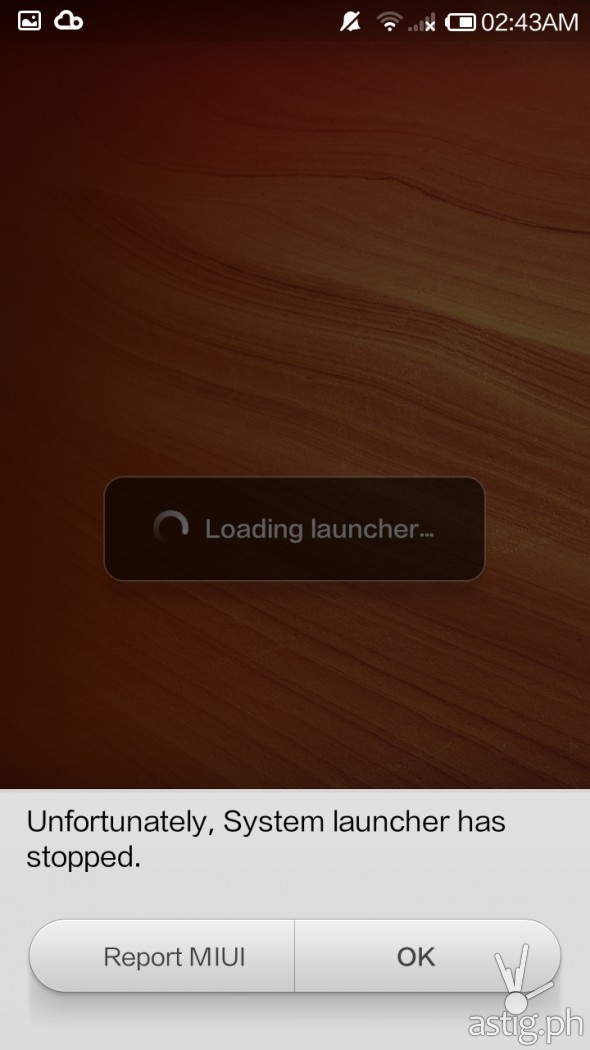
Before the latest update the system would regularly crash, which can become an annoyance. Fortunately Xiaomi released an update a week later which fixed it, and everything ran much smoother.
Although the system seldom crashes, it still occupies a certain amount of resources, and with 1GB, memory is an important on the RedMi 1S.
Once the 1GB is used up the system will start using virtual memory which effectively slows everything down to a crawl.
On the other hand, casual users should have no problems with MIUI – which is what the RedMi 1S is aiming for after all, being an entry-level budget smartphone.
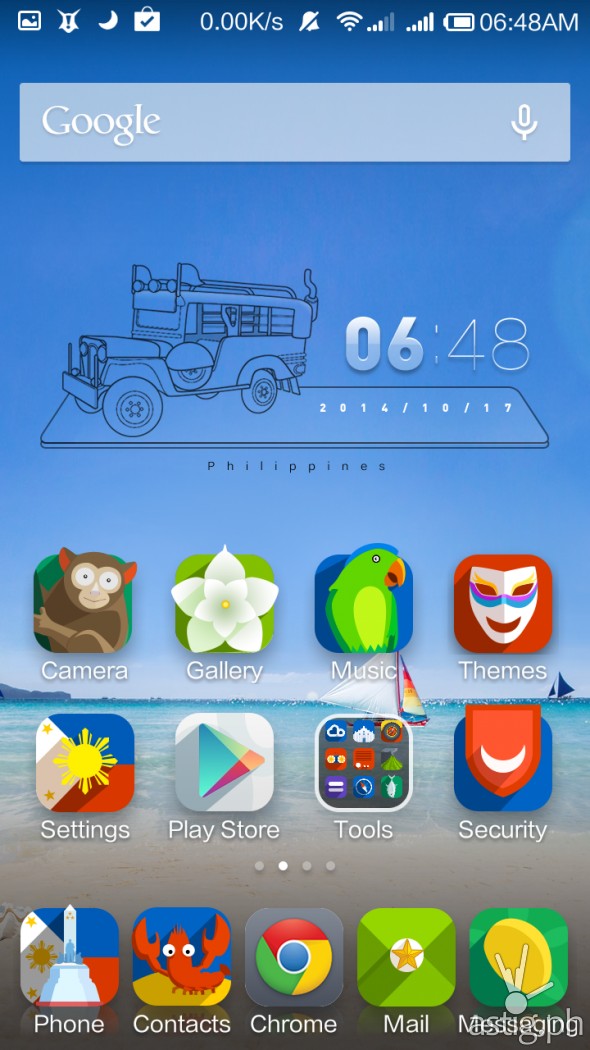
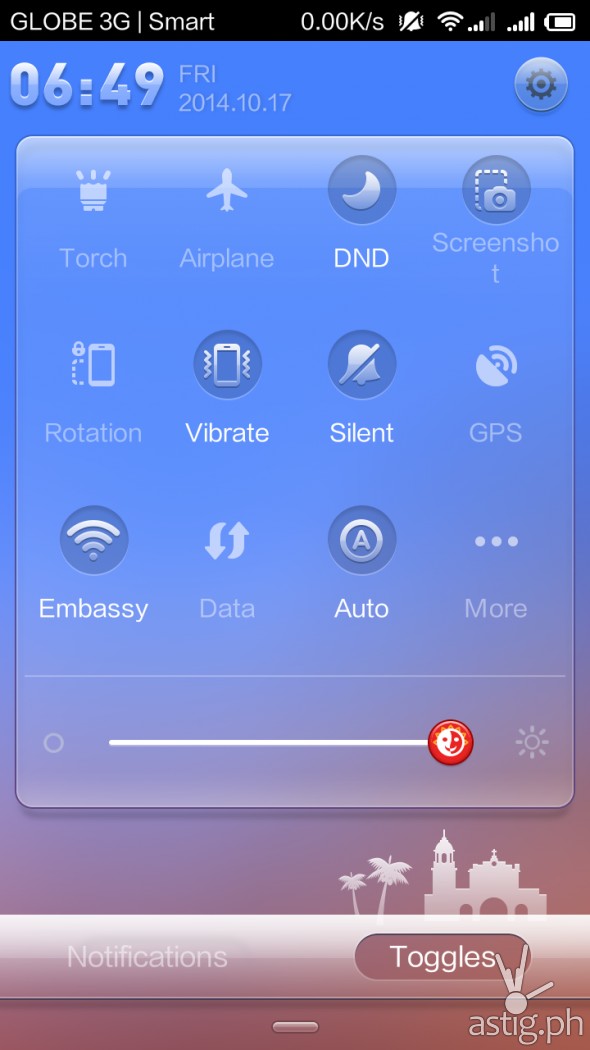
MIUI allows a great deal of personalization. It also lets users switch between themes, which drastically alters the look and feel of the entire system. There is even a Philippines theme which looks really cool and comes with very professional looking graphics.
Personally we love the MIUI 6 theme for its ultra-clean, sleek look. Ironically this is the theme that tries to knock off on the iOS.
Camera
The Xiaomi RedMi 1S comes with an 8 megapixel back-facing camera and a 1.6 megapixel front-facing camera. While nothing extraordinary, it does not disappoint either.
In our experience the shots look good for casual users. Performance is quite average – it takes good photos in broad daylight, while shots taken in a room can sometimes turn out blurry.
The MIUI camera comes with a special shooting mode called “hand held twilight” (HHT). It is supposedly similar to HDR in that it takes multiple captures which is then combined into a single shot. The result would be a brighter shot at night with minimal noise and minimal blurring.
Below is the official explanation from Xiaomi:
With HHT (hand held twilight) mode, the basic idea is to use 6 frames to stack together at high ISO, allowing the shutter speed to be stepped up to within reasonable handheld speeds, while keeping typical high ISO noise down and maintaining detail usually lost to noise reduction. HHT mode will first open the aperture as needed, then will try to maintain a shutter speed around 1/30 or so – raising the ISO as needed to maintain that shutter speed range.
Beauty is subjective, so we invite you to judge for yourself! Below are some sample shots taken from the RedMi 1S camera. All shots were taken with default settings and uploaded straight off camera without any post processing involved.






The Xiaomi RedMi 1S takes ok looking videos. The good thing about it though is that it can capture at full HD videos (1080p) at 30fps. On the downside we did experience a some system while capturing the video.
The lag does not seem to affect the video though – the recorded captures are still smooth when played back.
Below is a sample video taken straight off camera with no post processing performed aside from the addition of an intro, extro, and watermark.
Battery life
For us, battery life is very important in a smartphone. What good is your expensive, top-of-the-line phone if it’s always dead? So what if it’s really thin if you have to carry a battery pack around?
The thing about battery life, though, is that it can vary a lot depending on the user.


The Xiaomi RedMi 1S comes with a 2000 mAh li-ion battery which, in our experience, can last up to 24 hours on very light usage with cellular data turned off. Moderate use with 4G running gave us around 9 hours with 25% battery life left.
Now that to us is quite impressive, considering you can extend battery life further i.e. by turning the screen brightness all the way down.
Value for money
Price is one of the major factors in considering a budget phone like the Xiaomi RedMi 1S. Xiaomi is known to for its ability to undercut most of its competitors, offering products at half the price of other smartphones with similar hardware specifications.
Why are Xiaomi phones so cheap? There are many factors. For one, Xiaomi does not load a ton of bells and whistles into their product. They focus on delivering performance devices without relying on gimmicks.
Another factor is the distribution channel. The only way to buy the Xiaomi RedMi 1S is online – through the official website or Lazada. Xiaomi does not sell to physical stores hence they are able to cut costs by not having a physical distribution channel.
Finally, Xiaomi devices are priced really close to their BOM (bill of material) cost, which is why can be very competitive.
There is a video interview with Xiaomi President Bin Lin over at The Telegraph on this topic.
In the Philippines there are many low cost phone manufacturers around. For us, the RedMi 1S sets itself apart because of the following features:
- Dual sim capability
- Scratch-resistant Dragontrail glass
- MIUI (love it or hate it)
- Long battery life


